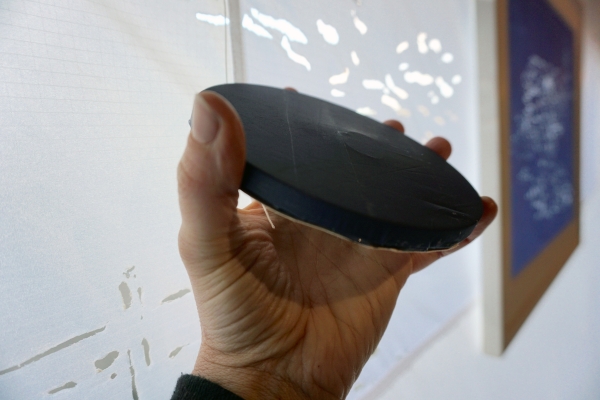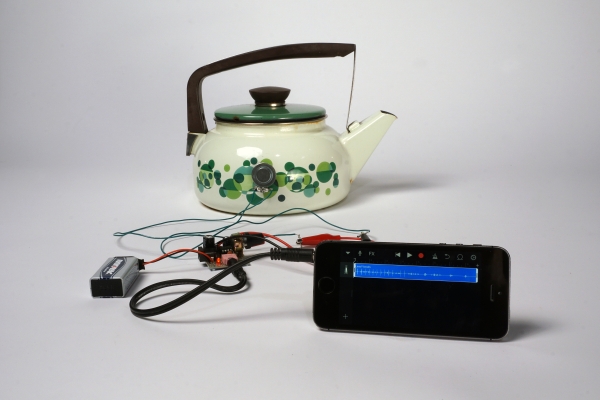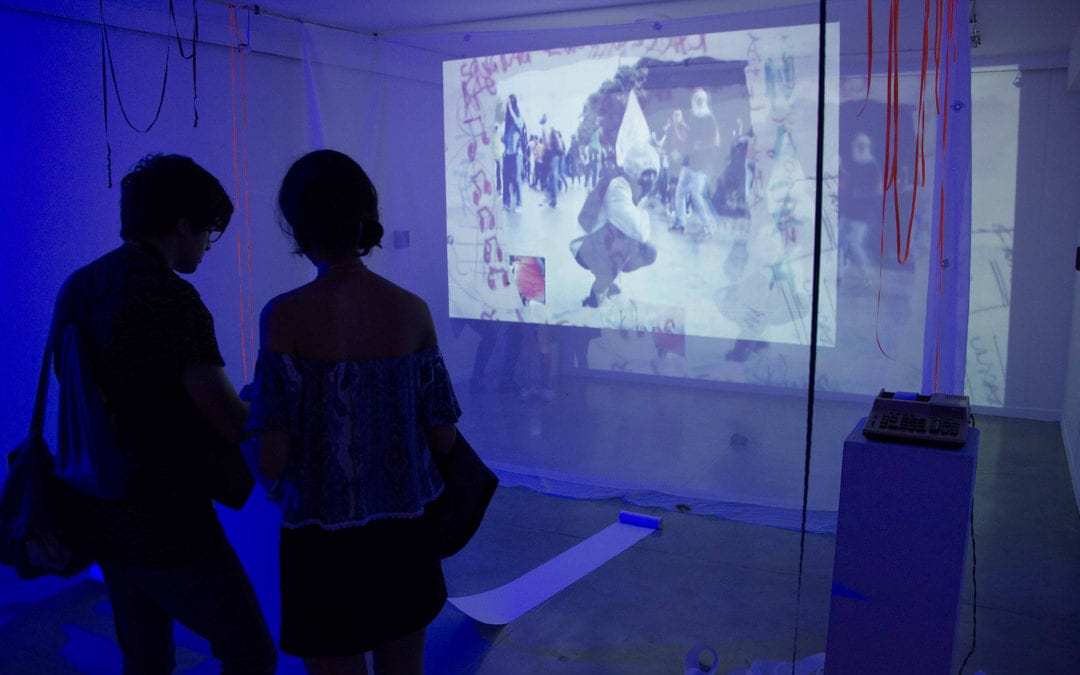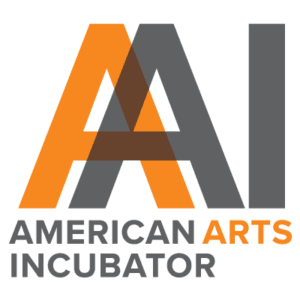The workshop includes audio editing and podcasting through the Raspberry Pi. Photo by Laura Wright.
Teaching is no less a work of art than the creation of artwork itself. For the past ten years my artwork has evolved into platforms and objects that aspire to give people a place to find their voice, express their individual and collective beauty, and learn more about the empowering effects of creativity. I have done this through projects such as collaborative textile-making processes, creating and running a neighborhood Super 8 film festival, and designing radio sculptures for non-traditional communication. Recently, I have been fusing my two primary interests, textile objects and traditions plus communication practices to express ideas of voice, identity, and place.
I am extremely grateful to be able to bring my art practice to Kochi, India and continue exploring communication and empowerment through a partnership with the Kochi Biennale Foundation, addressing the topic of gender equality. Inspired by Gandhi’s khadi (Indian hand-woven cloth) campaign, which “was a result of decades of experimentation with cloth as a means for communication,”[1] I am preparing for a project to embed speakers into textiles exploring micro-amplification to amplify stories from the Kerala region.

This is a low-profile speaker prototype made with cell phone and Bluetooth speaker parts. I have been experimenting with e-waste to create wireless speakers that can embed easily into textiles and garments. Photo by Laura Wright.
The workshop I am offering will explore amplification, sculpture and sound (including e-textiles), narrowcasting, and podcasting as a method for exploring gender equality, communication, and creativity. Inspiration for this project has come from India’s rising access to radio through mobile phones[2] and Vinod Pavarala and Kanchan K. Malik’s Other Voices: The Struggle for Community Radio in India, which credits radio with the “capacity to consolidate participatory communication into a thread that weaves through the development process and endows it with avenues to strengthen and give voice to all stakeholders.”[3]
I begin this exciting journey in mid-February and look forward to sharing my experiences there.


